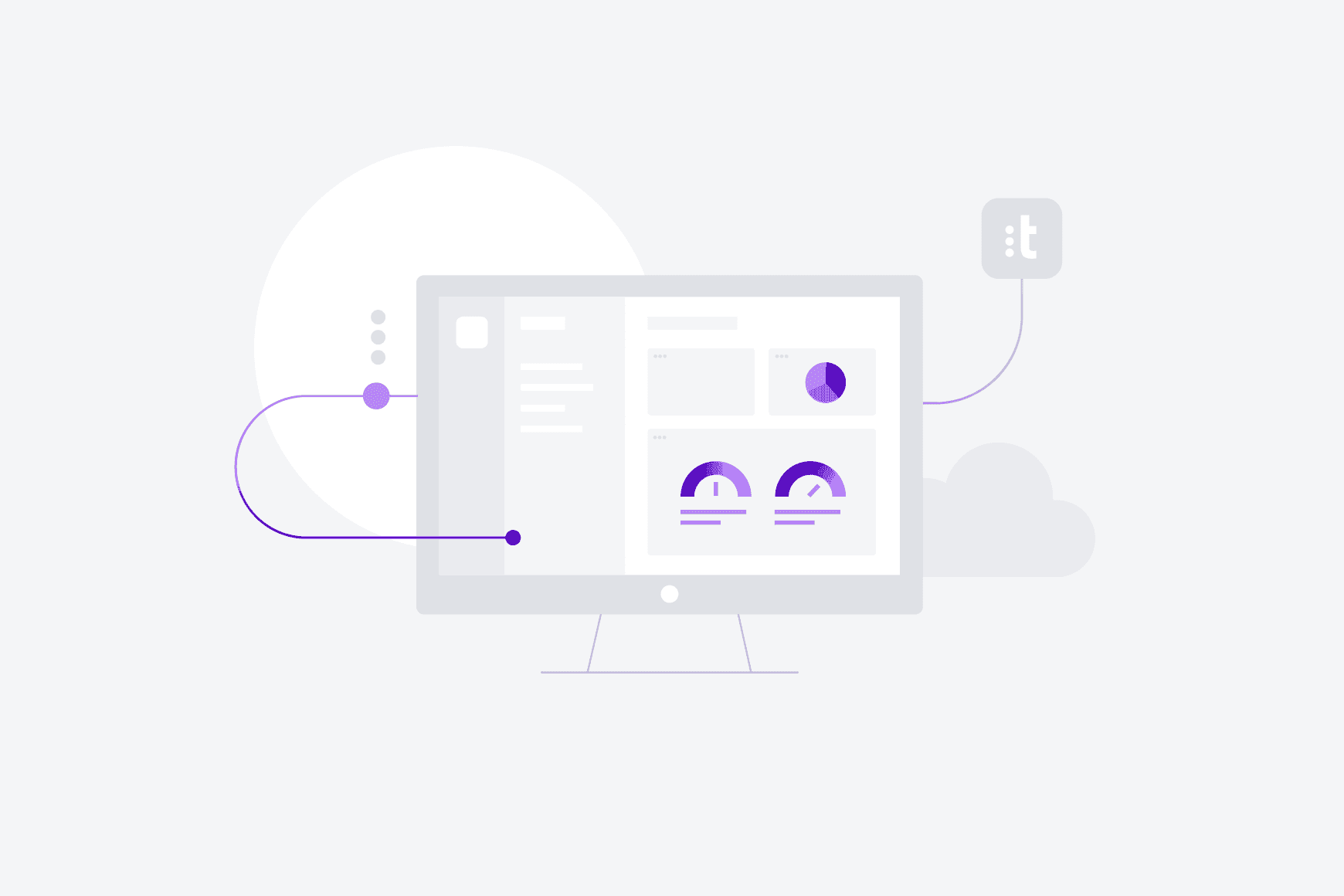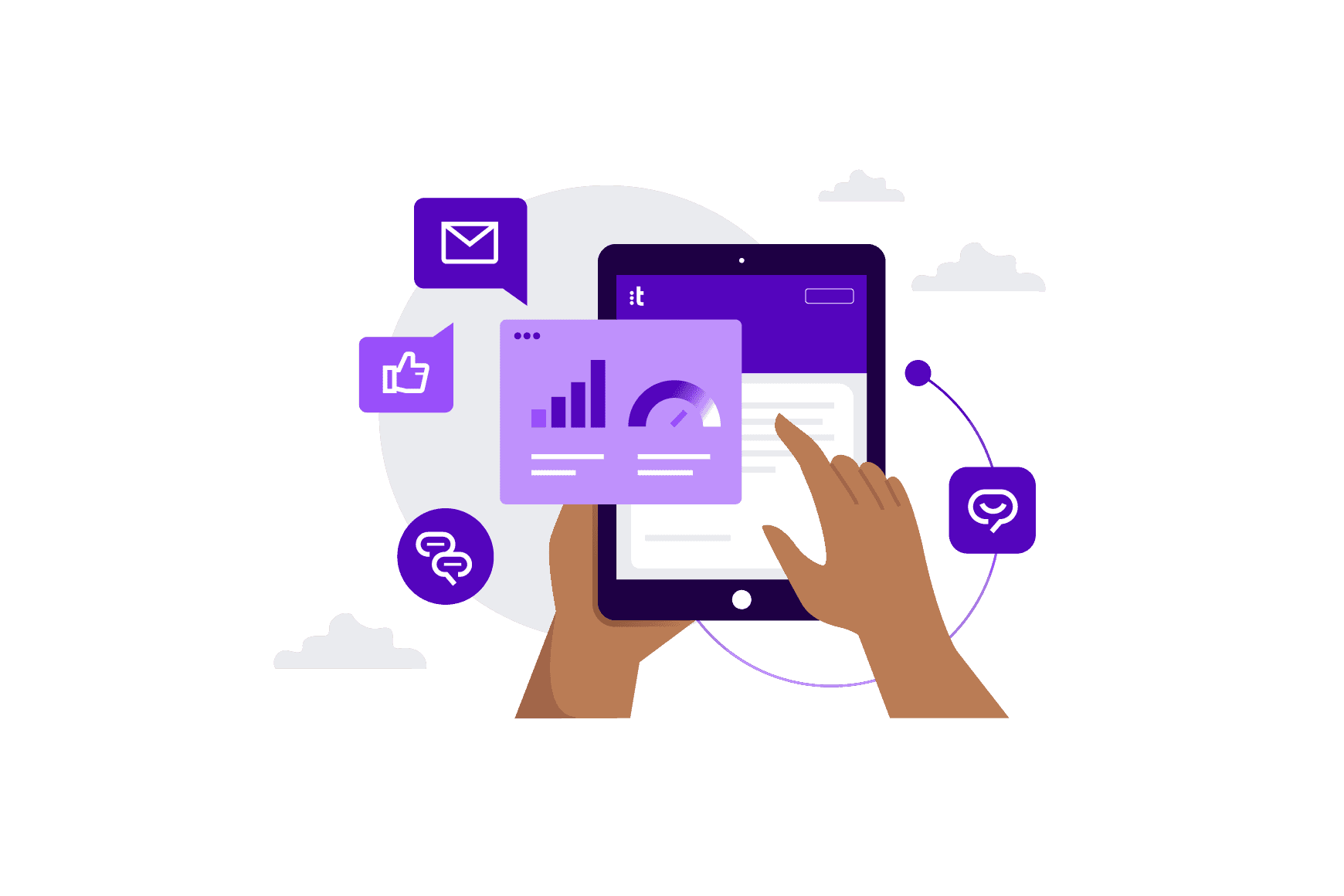Contact Center Trends
18 Call Center Metrics You Need To Be Tracking Today
Tracking The Call Center Metrics That Matter
Maintaining a high level of customer experience is difficult, especially considering the dozens of metrics that you could be tracking to help you answer the question “Are my customers happy?”. In this blog, we walk you through the most critical call center metrics and explain why they’re important for you to track with call center software.
Customer experience metrics to track
Keeping your customers happy is paramount for your business, and these metrics will help you understand if your customers are satisfied with your product and services, if they are willing to promote you to others and where there are gaps in your customer interactions.
- Customer Satisfaction (CSAT): Customer satisfaction or CSAT seeks to understand how satisfied your customers are with your product and/or service at any point in time. CSAT surveys are generally sent after an interaction like a ticket, phone call or live chat has been resolved.
- Call SLA: Call SLA looks at what % of the calls are answered in X seconds. The higher the SLA, the less time your customers spend waiting to speak with one of your agents.
- Downtime: How many minutes or hours per month is your contact center software down or unavailable? The higher your downtime, the worse your service quality because you can’t handle customer interactions during that time. If downtime is affecting your contact center, check out our 100% Uptime SLA agreement.
- Net Promoter Score (NPS): Are your customers willing to recommend your services to others? NPS surveys will give you a solid indication of this.
- First Call Resolution: First call resolution, or first contact resolution, tracks how many customer issues are resolved on the first call or interaction. Resolving customer issues quickly without repeated interactions with your agents generally yields happier customers. Learn more about how to increase first call resolution.
- Average Wait Time: Average wait time looks at how long it takes for customers to connect with one of your agents.
- Self-Service Usage: Leveraging self-service channels like IVR can greatly increase customer satisfaction. Self-service usage looks at how often customers can resolve their own issues without needing to engage with an agent.
Agent experience metrics to track
Happy agents make happy customers, so these metrics will help you understand if your agents are engaged with their work and where you can improve agent experience.
- Agent Attrition: Agent attrition measures how often your agents are leaving your company. This is one of the biggest costs that contact centers have, so reducing your agent attrition rate is important for keeping your overall costs down.
- Agent Absenteeism: Agent absenteeism measures the number of days lost per year due to agents being absent as a percentage of the total number of contracted days.
- Schedule Adherence: Similar to agent absenteeism, schedule adherence tracks how often your agents are showing up for their scheduled shifts. If your schedule adherence is low, it could mean that you have unhappy agents, or that you need a better Workforce Management tool.
- Call Center Shrinkage: Shrinkage measures the number of activities that are taking your agents away from responding to customer service requests. These include things everything from bathroom breaks to team meetings.

![[object Object]](/de-de/_next/image/?url=https%3A%2F%2Fcms.talkdeskqa.com%2Fapp%2Fthemes%2Ftalkdesk-com%2Fassets%2Fimages%2Flogos%2F&w=3840&q=50)
Avoiding the Perils of Call Center Metric Mismanagement
Outbound Dialer
For contact centers that initiate a significant amount of outbound calls, these metrics will help you remain in compliance with regulations, as well as the efficacy of your dialer.
- Conversion Rate: This metric looks at the number of calls that resulted in a positive outcome. This varies depending on the type of contact center but can include things like a sale made or issue resolved.
- Calls per Hour: Are your agents making enough outbound calls per hour? This metric looks at the overall efficiency of your outbound program, as well as your highest and lowest performing agents.
- Abandon Rate: Abandon or abandonment rate measures how often your outbound dialer connects with someone but there isn’t an agent available to take the call. Laws require call centers to have an abandon rate below 3%, so staying under that number is imperative.
Operational Efficiency
Managing costs are extremely important for the long-term viability of your contact center and your business, so these metrics will help you understand how your resources are being spent and where there are opportunities to increase efficiency.
- Average Handle Time: Average handle time is the total time that a customer spends from initial interaction until their issue is resolved. This includes any wait time, as well as time spent with an agent.
- Call Wrap-Up Time or After-Call Work: After calls, agents take time entering notes or other tasks related to closing out a customer-related issue. Call wrap-up time of after-call work measures how much time they are spending performing these tasks. High after-call work times may indicate that your CRM integration could be improved.
- Cost Per Contact: Tracking cost per contact is important for understanding how much each customer interaction is costing your contact center.
- Forecast Accuracy: For most contact centers, there are seasonal spikes in customer inquiries. Correctly forecasting customer interactions is important for ensuring you have the proper number of agents available and that you are fully staffed at any given time.
Are you tracking these call center metrics today? If not, we’d love to show you how our customers are measuring them with our industry-leading cloud contact center software!


